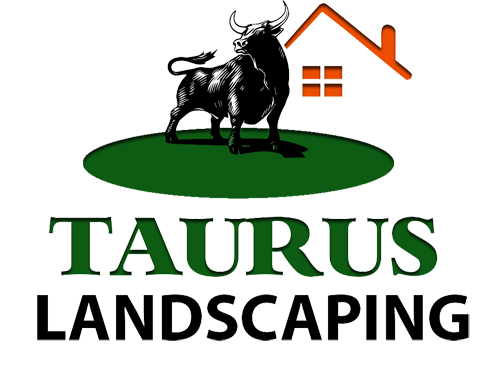Bald, dead patches in a turf lawn appear from time to time, even in the best-tended lawn. Often, the reasons will be obvious, but sometimes it can be something of a mystery as to just what is going on. Here are some of the most common reasons why dead spots might occur in your lawn.
Urine from Pets or Wild Animals
Dogs, cats and wild animals urinating on your lawn will usually leave a tell-tale brown, straw-like patch due to the high concentration of urea that burns the grass.
But just around this dead spot, there may a ring of very dark green, unusually healthy grass--the result of a higher-than-normal nitrogen level. If you catch an animal urinating, you may be able to prevent the burn by watering the spot thoroughly.
Grubs or Other Pests Below the Turf
Grubs are the larvae of various hard-shelled beetles, such as the Japanese beetle or June bug. A lawn can tolerate some degree of grub infestation, but if the concentration is high, dead patches will appear in your lawn. A strong sign that you're dealing with grubs is if the dead patch lifts up away from the ground easily when you tug on the grass. Grubs eat the roots of grass and leave nothing to hold the grass in place. Addressing this problem involves reseeding or resodding--preferably after you have dealt with the grub infestation.
Fungal Diseases
Lawn diseases such as snow mold can kill patches of lawn. Fine white webbing covering the lawn, gradually killing the grass, is a common sign of a fungal disease.
Spilled Chemicals or Gasoline
Spilled pesticides or broad-spectrum herbicides such as glyphosate (Roundup) will often cause dead spots in the lawn.
Even appropriate weed killers applied at a high concentration may kill turf grasses. Chemical spills will often create an irregularly shaped dead patch that matches the shape of the spill. Water the spot thoroughly if you accidentally spill, or better yet, take care not to spill in the first place.
Salt Burn
In northern climates where salt is applied as an anti-icing measure, it's common to see dead spots appear along streets and sidewalks as grasses begin growing in the spring. Sometimes these areas will heal themselves with plenty of water in the spring, but you may be left with reseeding or resodding. Minimizing your own application of salt on the sidewalks will help reduce future problems, but along roadways, your only option might be to look for non-grass groundcovers to plant.
Fertilizer Burn
Applying too much fertilizer or spilling fertilizer on your lawn may burn the grass leaves and leave you with a dead patch. If you catch yourself spilling fertilizer, water it thoroughly as quickly as you can to wash out the excess nitrogen. Load fertilizer spreaders off the lawn, and apply the fertilizers with the steady movement of the spreader.
Buried Rocks
Believe it or not, during hot weather rocks or stone just beneath the lawn may heat up enough to burn the grass from the bottom up.
If the spots occur in the same place whenever it gets hot, consider digging into the lawn to see if there are hidden sources of heat.
Incorrect Sprinkler Coverage
Sprinklers that do not overlap or that miss an area completely may cause small areas of turf to brown-out and go dormant. When watering, observe the sprinkler for a while to make sure coverage is uniform.
Before You Repair
If you have dead, bald spots in your lawn, you should, first of all, determine the cause and take whatever preventive measures you can to remove the cause of the problem and prevent future difficulties.

